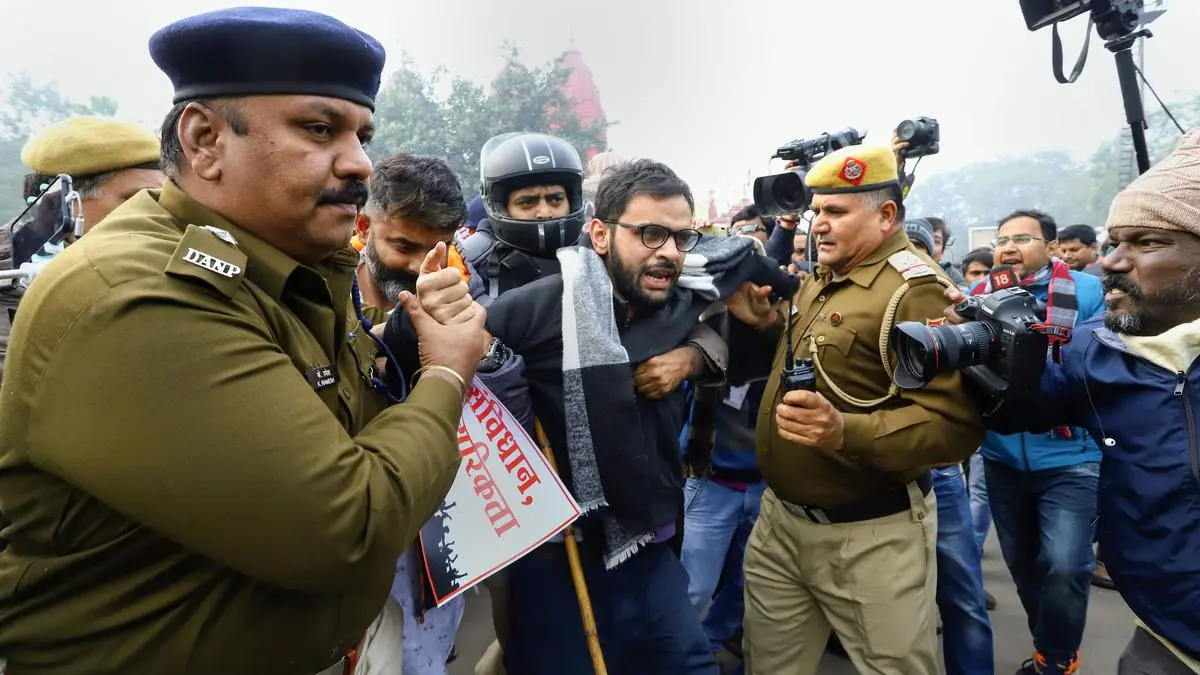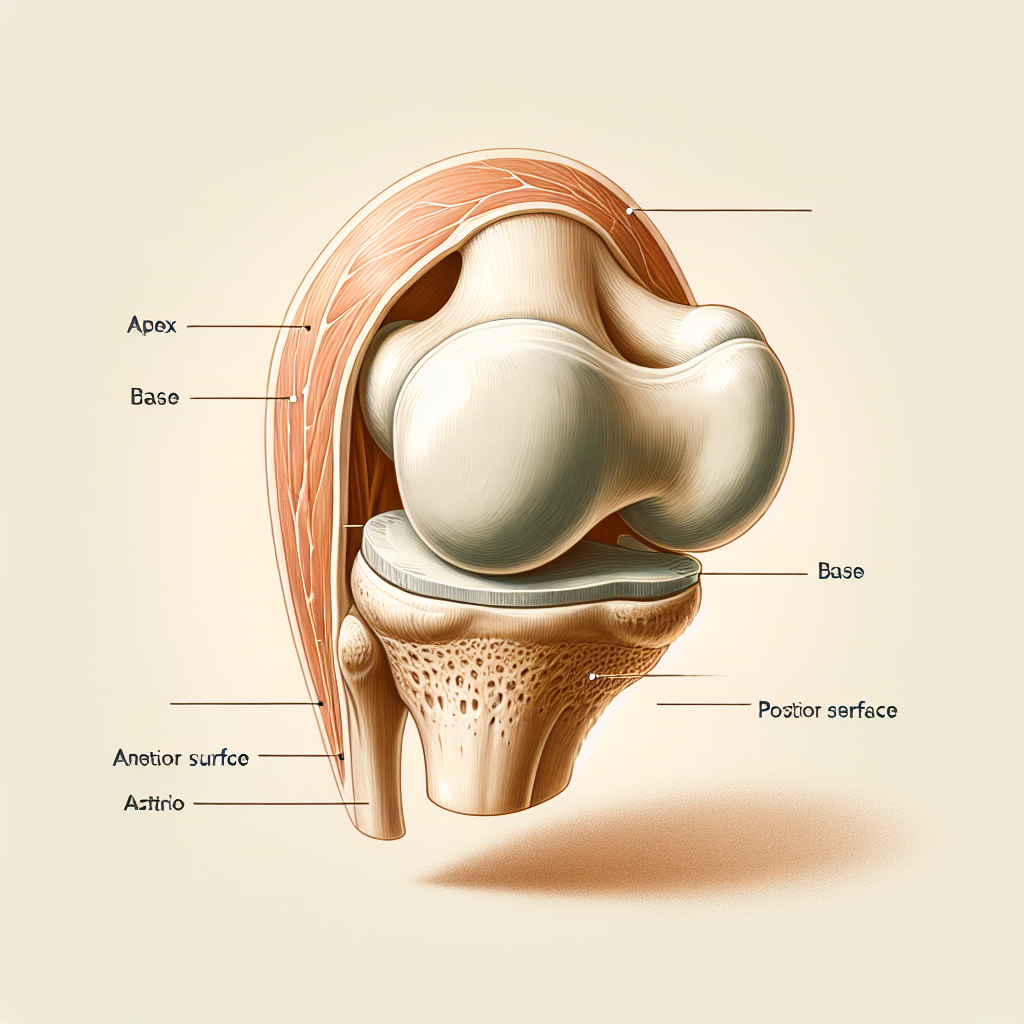More than five years after communal riots tore through North East Delhi, a special court finally ordered a deeper investigation into BJP leader Kapil Mishra’s alleged role in a riot-related incident. The court’s order , passed on April 1, was the culmination of a long and arduous struggle—more than 38 hearings, seven changes of judges, and repeated threats and intimidation faced by the complainant. Between 23 and 26 February 2020, riots raged in parts of North East Delhi, triggered by tensions between pro- Citizenship Amendment Act (CAA) groups and those opposing it.
Fifty-three people died, two-thirds of them Muslim. The CAA, passed by the Parliament in December 2019, offers undocumented migrants from Pakistan, Bangladesh, and Afghanistan a path to Indian citizenship, provided they were not Muslim. The law ignited widespread protests across the country for its discriminatory nature, with North East Delhi becoming one of the most prominent sites of resistance.

On the afternoon of February 23, just a day before the violence erupted, Kapil Mishra was captured in a now-viral video addressing a gathering of around 50 to 60 individuals. Standing beside the then Deputy Commissioner of Police (DCP) Ved Prakash Surya and his men, Mishra openly issued an “ultimatum” to the Delhi Police—remove the anti-CAA protesters from the streets, or they would take matters into their own hands. Also Read | Delhi riots 2020: Five years on, trauma runs deep A fact-finding committee of the Delhi Minorities Commission later found that inflammatory speeches by BJP leaders—including Mishra, Anurag Thakur, and Parvesh Verma—served as a spark for the riots.
At the peak of the riots, a two-judge bench of the Delhi High Court, too, found their utterances to amount to “hate speech” and strongly urged the Delhi Police to lodge FIRs against them. Yet no such FIR has been registered till date. No trial, no bail Instead, the Delhi Police aggressively pursued an alternative narrative—the “larger conspiracy” theory.
According to this, a group of 20 students, activists, and local politicians allegedly orchestrated the riots. Among the accused were 12 Muslims, including the former JNU student leader Umar Khalid and the activist Gulfisha Fatima, both of whom have remained incarcerated without bail for over five years. Their trials remain pending, and bail applications have languished for years before the Delhi High Court.
It was against this backdrop that Mohammad Ilyas, a resident of North East Delhi, after months of failed attempts to prod the police into filing an FIR, approached a magistrate under Section 156(3) of the Code of Criminal Procedure (CrPC, now the Bharatiya Nagarik Suraksha Sanhita). The provision empowers a magistrate to direct police investigation into cognisable offences—crimes deemed grave enough, such as murder, arson, or rioting, to warrant immediate state action without court’s sanction. Ilyas cited five incidents requiring investigation.
One of those incidents pertained to Mishra and his associates blocking roads at Kardampuri and destroying carts belonging to Muslim and Dalit vendors. He further alleged that the police, including then DCP Surya, not only colluded with Mishra but later issued life threats to anti-CAA protesters, demanding that they vacate their sit-ins or risk losing their lives. The Police’s complicity in the riots has been well documented.
Before the Magistrate’s court and elsewhere, the Delhi Police defended Mishra, stating that he had already been “investigated” in connection with the larger conspiracy case and had been found to bear no role in triggering the riots. However, Additional Chief Judicial Magistrate (ACJM) Vaibhav Chaurasia, who began hearing the matter in late 2024, noted in his 33-page order that Mishra’s interrogation records revealed that the interrogator had not asked important questions with respect to the crimes alleged and that the court “does not believe” he was investigated. The Police went further, suggesting that efforts to name Mishra were part of a “false propaganda” campaign orchestrated to muddy his name—the court noted this was “unfounded”.
BJP leader Kapil Mishra during an interview in New Delhi on January 18, 2025. A Delhi district court judge said in his 33-page order that the court “does not believe” Mishra was investigated with respect to his role in the 2020 Delhi riots. | Photo Credit: Shashi Shekhar Kashyap The ACJM took careful note of Mishra’s interrogation records.
They confirmed his presence in North East Delhi on February 23, coinciding with the very period of tension and the complainant Ilyas’s version. Mishra admitted he was there to “get the place vacated”. His statements were found to be inconsistent—initially denying delivering any speech, but later unmindfully acknowledging he had addressed the crowd.
The court also took particular note of the communal overtones evident in Mishra’s language, as recorded during interrogation. Mishra repeatedly referred to Muslims as “them” and “that side”, revealing a communal mindset. More critically, Mishra’s admission that he was accompanied by a group of 50–60 supporters, a cognisable offence, at the protest site further fortified Ilyas’s allegations.
On the issue of DCP Surya’s alleged complicity, ACJM Chaurasia observed that Mishra admitted to having spoken with Surya on the spot. The content of that conversation, it noted, could only be ascertained if Surya himself were interrogated—something the Delhi Police had conspicuously avoided. “The series of events reveals that perhaps, if allegations of complainant are found to be true, then DCP Ved Prakash Surya knows something which this Judiciary does not,” the court remarked, underscoring the necessity for a “serious investigation”.
Taking these facts into account, the special court directed “further investigation” against Mishra and others, and ordered the Delhi Police to comply by April 16. A perilous path It was a rare moment when the district judiciary, often accused of playing safe, seemed to assert the principle that no one should be above the law. This often comes at a great risk for a district judge, reasons which I state later in this piece.
Yet, as events quickly showed, the path from judicial order to enforcement remains a perilous one when political power is at stake. Before the ink on the order could dry, the Delhi Police rushed to challenge it, and the petition was assigned to Additional Sessions Judge (ASJ) Kaveri Baweja of the CBI and MP/MLA Court. The counsel contended that the magistrate, in ordering “further investigation” under Section 156(3) CrPC, had encroached upon the jurisdiction of the Special Court where the larger conspiracy trial was already pending.
They also argued that the lower court had overstepped, as complaints about the other four incidents had been declined due to ongoing trials. However, despite the ACJM specifically noting that he did not believe Mishra was investigated, ASJ Baweja swiftly issued an interim stay on the ACJM’s order, without hearing the complainant or his counsel. The ex parte stay order froze any possibility of investigation against Mishra even before it could begin.
On the next date of hearing, April 21, the stay was extended to a further date. Legal experts Frontline spoke to noted that courts rarely stay investigations at the threshold. Unlike trials, investigations are aimed at gathering evidence.
Halting them risks important evidence being lost or manipulated, obstructing the very process of justice. More so when the accused is a serving Minister (Mishra was appointed Delhi’s Minister of Law and Justice after the BJP won the Assembly election this year), with the power to influence witnesses and the course of investigation. Given that Ilyas and other complainants have already faced life threats over the past five years, the case demanded even greater vigilance—yet here, procedural propriety was jettisoned.
It is for this reason that Judge Baweja’s stay order came as a shock (but not necessarily as a surprise). “The common man would notice that the same judiciary that moves with extraordinary alacrity to shield a sitting Minister, despite clear culpability on camera, shows no urgency when it comes to protesters and dissenters jailed on questionable evidence.” While ordering the investigation against Mishra, ACJM Chaurasia had not acted in haste.
His order painstakingly engaged with two binding judgments of the Supreme Court— Lalita Kumari , which mandates compulsory registration of an FIR upon disclosure of a cognisable offence, and Om Prakash Ambedkar , where the Court repeatedly explained the importance of and stressed on the need for magistrates to apply judicial mind before ordering police investigation under CrPC 156(3) petitions. Meeting this high threshold, ACJM Chaurasia laid out detailed factual findings—drawing from Mishra’s own admissions, inconsistencies, and the gaps in police investigation—before concluding that a “serious investigation” was necessary. In stark contrast, Judge Baweja’s interim stay order does not furnish even a single line explaining why such a drastic intervention was warranted.
It halts a lawful judicial process with the mere stroke of a pen—an act that demands more scrutiny, not less. As a judge of the MP/MLA Special Court, Baweja has handled several politically sensitive cases. Her pattern of decisions reveals a distinct judicial style.
In 2024, while hearing the bail plea of former Delhi Deputy Chief Minister Manish Sisodia in the liquor policy case, Baweja denied bail—a discretion well within her judicial authority. However, when the Supreme Court later granted bail to Sisodia in August 2024, it notably recorded that Judge Baweja’s observations in the bail rejection order were in “ignorance” to the Supreme Court’s observations made with regard to right to speedy trial and prolonged period of incarceration. The Supreme Court also found that Baweja had wrongly blamed Sisodia for deliberately delaying the trial and using it to claim bail—an assertion “not supported by the record”.
Observers present during Sisodia’s hearings recall instances where even procedural hearings were stretched unnecessarily. At one such hearing, the public prosecutor sought 5–10 minutes to argue and Baweja bizarrely countered by saying he would need 1 to 1.5 hours to argue, and thereafter adjourned the matter, prolonging Sisodia’s custody.
Her court, it seemed, was guarding the agency’s case even more zealously than the agency was. Judiciary’s double standard When one looks at the big picture, the quick relief from investigation granted to Mishra stands in grim contrast to the fate of the 12 Muslim accused still incarcerated under the Unlawful Activities (Prevention) Act (UAPA) , 1967, in the same riots case. Despite the Supreme Court’s evolving jurisprudence that delayed trial and prolonged incarceration can itself justify bail under the UAPA, lower courts have repeatedly denied relief, passing the buck upwards to higher courts.
A judge hearing Sisodia’s bail plea before Baweja would hint at helplessness in open court—a reflection of the high stakes involved, and the pressures routinely exerted on district judges in sensitive cases. Kaveri Baweja, previously Additional Sessions Judge of the CBI and MP/MLA Court, was appointed as Registrar-Vigilance of the Delhi High Court on April 21. | Photo Credit: By Special Arrangement Most of the bail applications filed by these 12 individuals have remained pending before the Delhi High Court for nearly three years.
In that time, benches have changed repeatedly—more than three times—with arguments often concluding without any judgment being delivered, only for the matter to be reassigned and heard afresh. These inordinate delays in a matter of bail have deepened suspicions that it is not legal complexity, but political considerations, that have stalled the course of justice. The common man would notice that the same judiciary that moves with extraordinary alacrity to shield a sitting Minister, despite clear culpability on camera, shows no urgency when it comes to protesters and dissenters jailed on questionable evidence.
It is this troubling pattern of selective judicial response that casts an even longer shadow over Judge Baweja’s appointment on April 21 as Registrar-Vigilance of the Delhi High Court—a position of immense influence over the careers of district court judges. The promotion Lawyers practicing in Delhi’s trial courts that Frontline spoke with expressed surprise at ACJM Chaurasia’s detailed order in a case as politically sensitive as this. Their reaction was all the more striking given that both the Supreme Court and the Delhi High Court have either dismissed or dragged their feet at listing the pleas seeking FIRs against leaders like Mishra for alleged hate speech.
In such a climate, Chaurasia’s order was perceived as “bold”—a rare assertion of judicial independence at the district court level. That assertion, however, comes at a price. District judges in India operate under a system where independence can be quietly punished.
In their book Tareekh Pe Justice: Reforms for India’s District Courts , the authors Prashant Reddy and Chitrakshi Jain document how disciplinary proceedings against district judges can be triggered not by proven misconduct or corruption allegation, but simply because of their judicial decisions—granting bail leniently, passing temporary injunctions against the government or even awarding compensation too leniently. “Simply put,” they write in context of bail, “judges of the district judiciary have calculated that in order to avoid the possibility of disciplinary action for granting bail, it is better to deny bail.” It is against this background that Judge Baweja’s recent promotion must be seen.
Also Read | We need a judicial complaints commission: Prashant Bhushan The Registrar (Vigilance) of the Delhi High Court is a powerful and opaque position that oversees corruption and misconduct complaints against the district judiciary. As Reddy and Jain explain, the Registrar (Vigilance) acts as a gatekeeper: quietly scrutinising complaints, ordering “discreet preliminary inquiries”, and recommending whether disciplinary action should be initiated against the district judge. Although High Court judges formally decide on action, the Registrar’s reports can often decisively shape those outcomes—or at the very least, set the machinery rolling.
The office, they note, has historically drawn criticism from High Court judges themselves. In one case cited from the Madhya Pradesh High Court, the vigilance office was described as having a “debilitating effect on the independence and individuality of district court judges”, where even adverse assumptions, without proof, could destroy judicial careers. As Registrar (Vigilance), Baweja would oversee a sanctioned strength of 897 judicial officers in Delhi, empowered to pick any judgment of any lower court judge at will.
In a system where quiet deference to power is increasingly rewarded, will Baweja be able to ensure the district judiciary is protected from interference and its independence upheld? Saurav Das is an investigative journalist writing on law, judiciary, crime, and policy. Featured Comment CONTRIBUTE YOUR COMMENTS SHARE THIS STORY Copy link Email Facebook Twitter Telegram LinkedIn WhatsApp Reddit.
Politics

Kapil Mishra, Umar Khalid, and the unequal weight of justice

Five years on, the contrast between who is investigated and who is imprisoned tells a deeper story about justice—both in Delhi and across the country.















